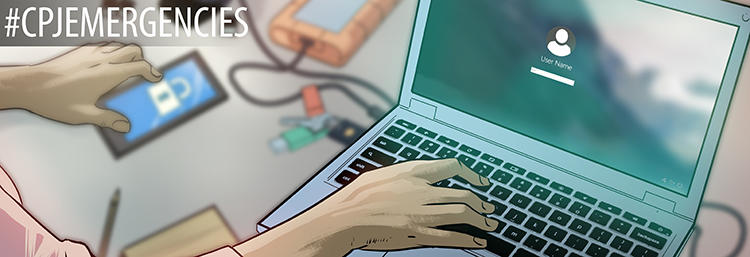CPJ, Amnesty International report finds systemic flaws in Mexico’s journalist protections
A new joint report by the Committee to Protect Journalists and Amnesty International found that Mexico’s Federal Mechanism for the Protection of Human Rights Defenders and Journalists failed to adequately evaluate risks journalists are facing, implements at times ineffective protective measures and lacks specialized knowledge of challenges to press freedom in Mexico. For the report,…
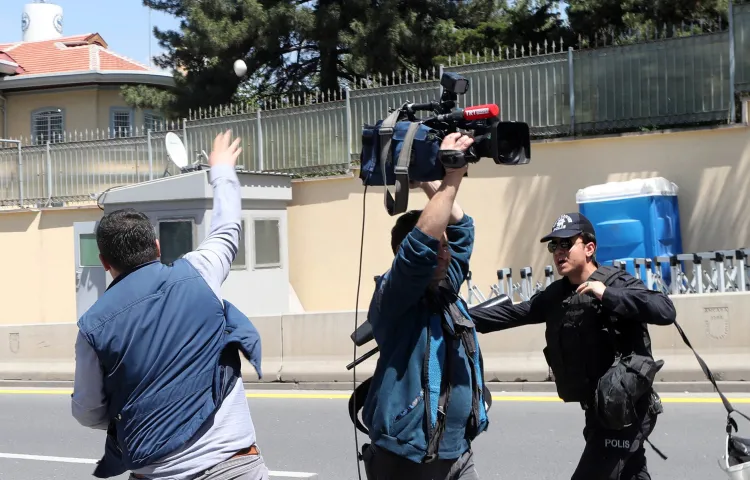
Situational awareness: A guide for journalists
When talking about journalist safety, security measures such as filling out a risk assessment, completing hostile environment awareness training (HEFAT), or using personal protective equipment (PPE) are often the first things to come to mind. However, one of the most important security measures in a journalist’s toolbox is the ability to maintain situational awareness and…

Digital security: Risk assessment template
This two-part digital risk assessment form is designed to help journalists think about how to mitigate digital risk in both their everyday life and when covering a particular story. The following templates are designed to accompany CPJ’s Digital Safety Kit, which has practical steps that journalists can follow in order to help them complete the…

U.S. midterm election 2022: Journalist safety kit
The U.S. midterm elections will be held on Tuesday, November 8, 2022, in an increasingly polarized political climate. During this midterm election year, all 435 seats in the House of Representatives and 35 of the 100 seats in the Senate will be contested. Online abuse and digital threats to journalists have been steadily increasing, as…

Key safety steps for covering the Amazon
Plan to update your risk assessment on a daily basis to adapt to any changes. Doing it once ahead of time and never revising is dangerous. Health check: Be aware of yellow fever and malaria in particular. Take a medical kit and make sure you know how to use it. Think about your means of…
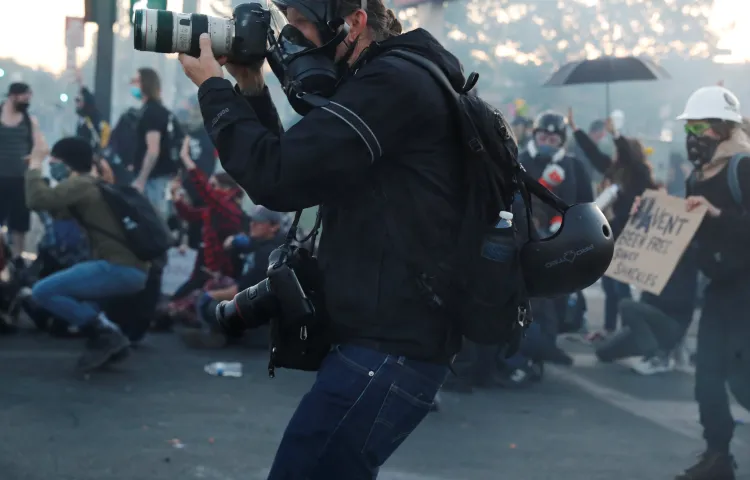
Editors’ Checklist: Preparing for U.S. protest assignments
Updated June 8, 2020 The following checklist enables commissioners and editors to understand how well prepared journalists and other media workers are as they cover U.S. protests over police violence. For additional safety information, please see CPJ’s Safety Advisory for covering U.S. protests over police violence. Select your staff after considering: As part of your…
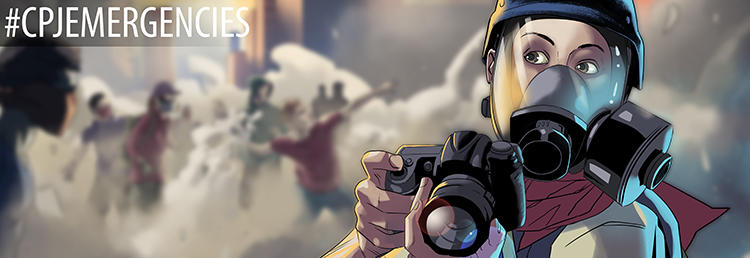
Physical Safety: War Reporting
Reporting from the front lines of a conflict is one of the most challenging assignments a journalist can undertake. All war correspondents should have hostile environment training, up-to-date medical training, and the correct safety equipment before going on assignment in a conflict zone.

Physical safety: Solo reporting
Solo work is becoming more common, especially for broadcast and video journalists. However, working alone can make journalists vulnerable to physical assault. For assignments in locations such as neighborhoods with high crime rates, protests, or remote areas, it is advisable that journalists do not work alone.
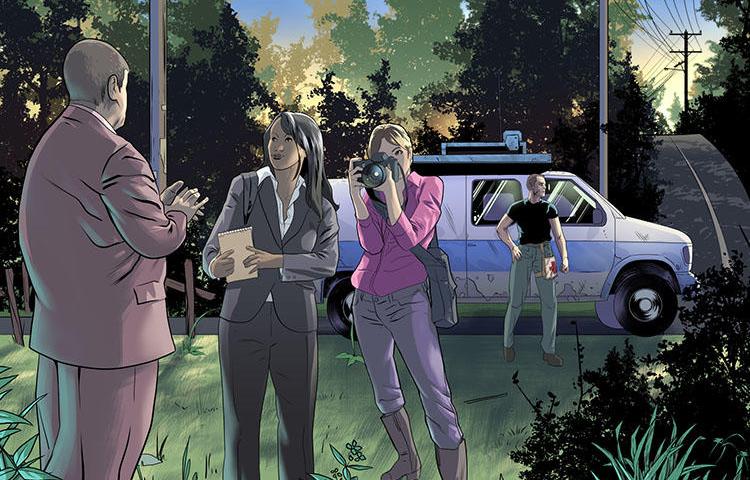
Physical safety: Mitigating sexual violence
Sexual violence can take many forms, including sexual and physical assaults. Any individual can be the subject of sexual misconduct, but journalists are often at risk from a range of people, including sources and members of the public, while they are reporting. That risk is heightened for female or gender non-conforming journalists.
